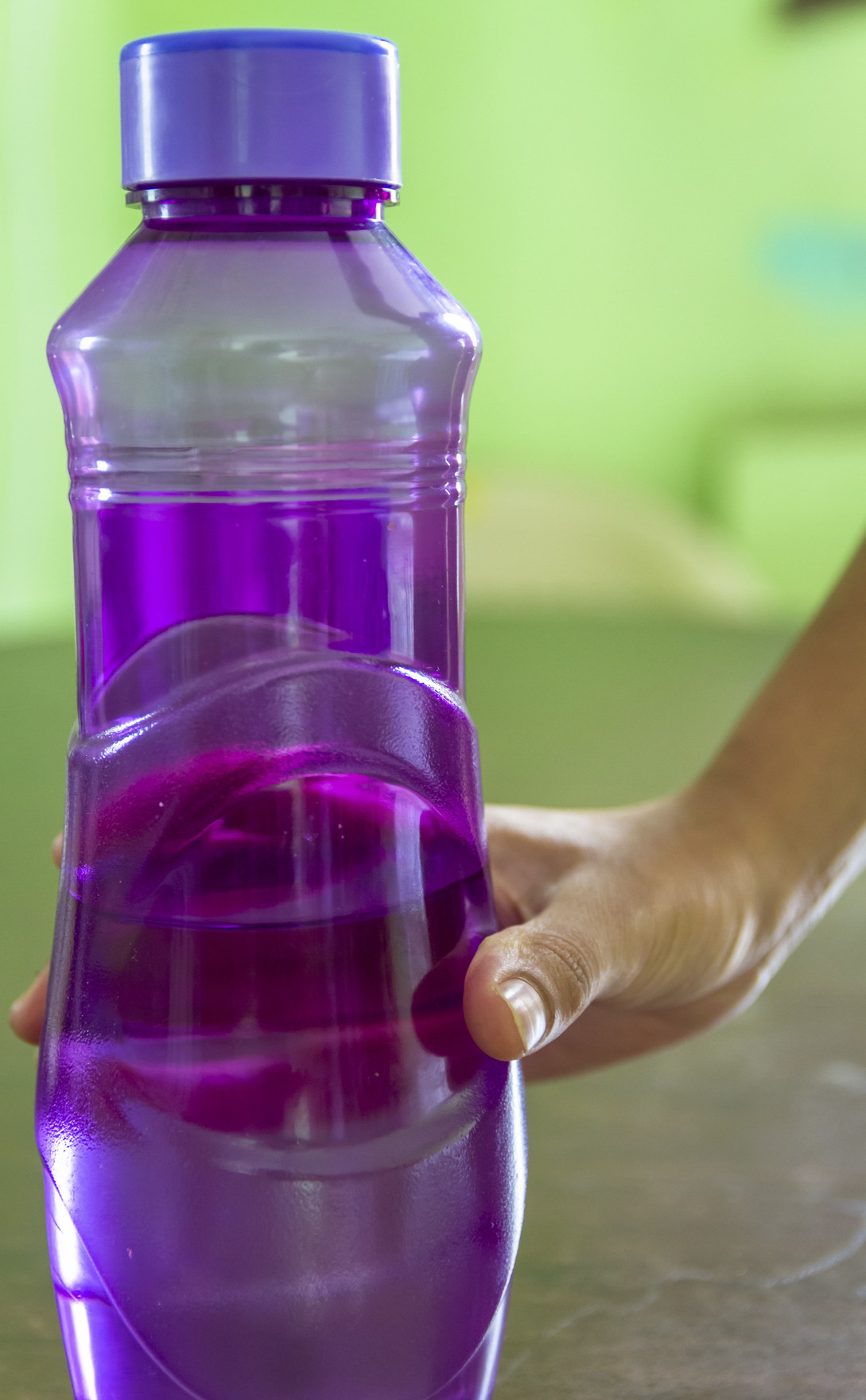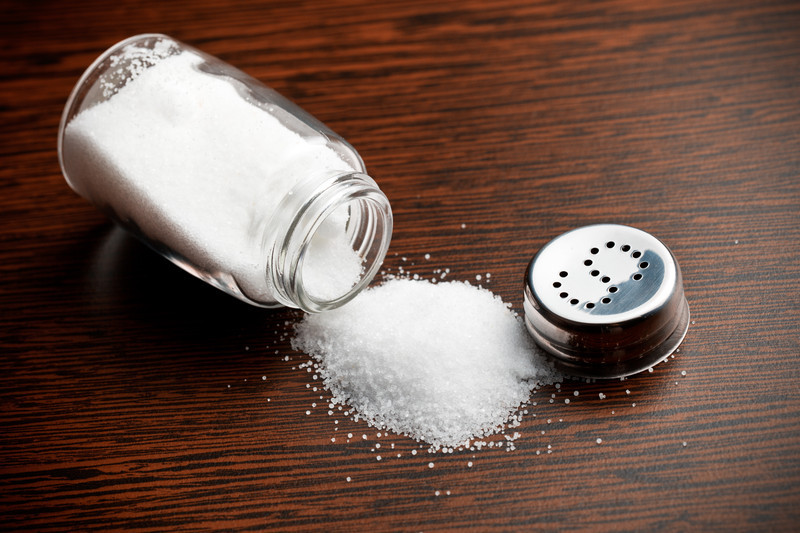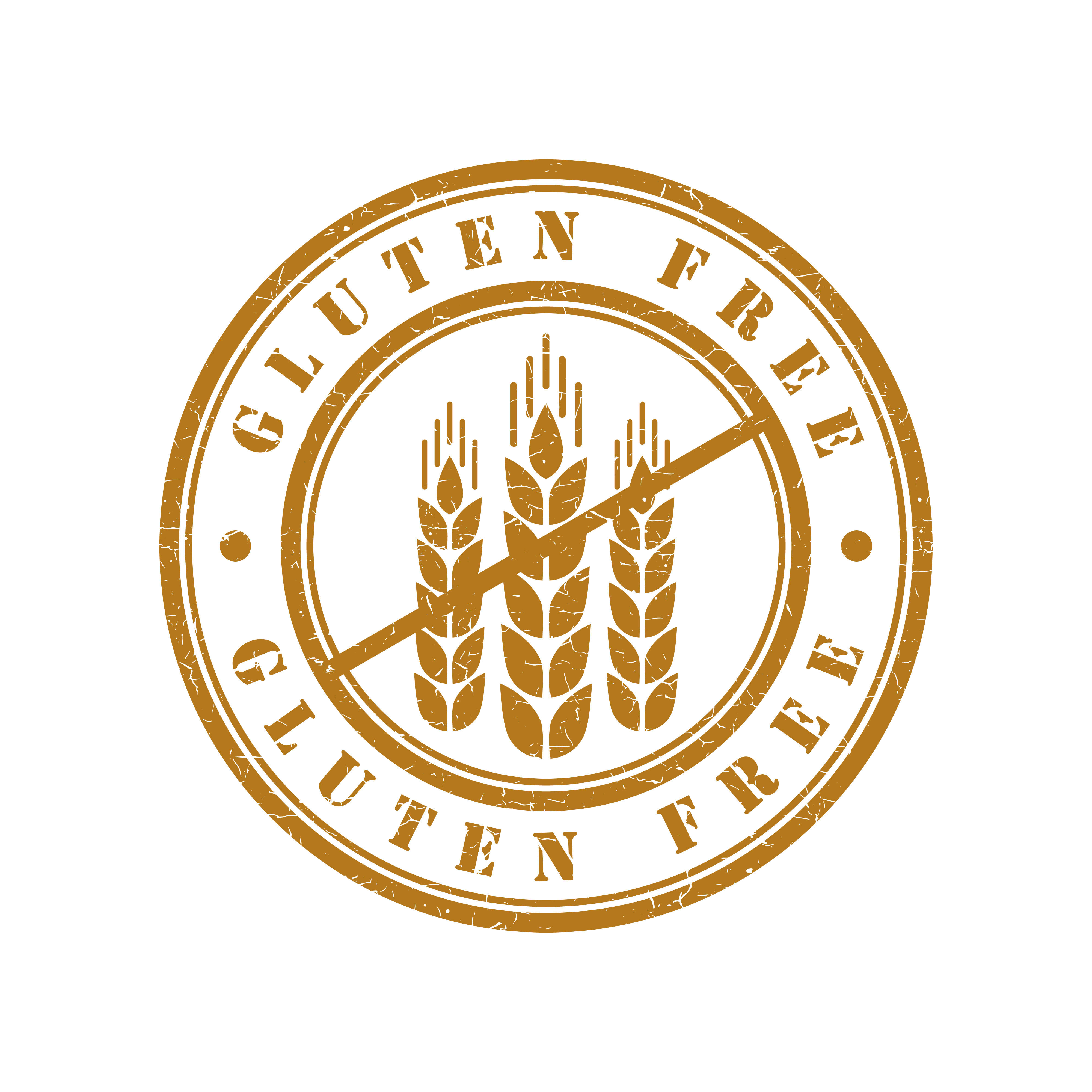
5 timeless habits for better health

What are the symptoms of prostate cancer?

Is your breakfast cereal healthy?

When pain signals an emergency: Symptoms you should never ignore

Does exercise give you energy?

Acupuncture for pain relief: How it works and what to expect

How to avoid jet lag: Tips for staying alert when you travel

Biofeedback therapy: How it works and how it can help relieve pain

Best vitamins and minerals for energy

Should you take probiotics with antibiotics?
Nutrition Archive
Articles
Holiday weight gain is a worldwide phenomenon, study suggests
A study of people in the United States, Germany, and Japan found that holiday weight gain was common.
Ask the doctor: Best protein: animals or plants?
Men need about 0.36 grams of protein per pound of body weight every day. Animal products contain some of the highest amounts, but many sources also include high levels of saturated fat and cholesterol. Plant proteins might be a healthier choice since they also include essential vitamins, minerals, and other micronutrients.
Should you try a subscription meal kit?
They provide hassle-free home-cooked meals. But watch the nutrient content.
Image: Bigstock
Wouldn't it be great if you had an assistant chef at home—someone who developed a delicious menu and then shopped for and measured all the ingredients to make it? All you'd have to do is cook and enjoy it. That's the idea behind the hot trend of subscription meal kits, which are delivered to your door. "It's very convenient, and it can challenge someone to try new foods with different seasonings," says Kathy McManus, director of the Department of Nutrition at Harvard-affiliated Brigham and Women's Hospital.
How it works
Downsides
Most meals take 30 or 40 minutes to prepare, a drawback if you're unable to stand for long periods. You'll have to do any necessary chopping yourself, a potential challenge if you have arthritis.
And while the food is fresh, it may not always be healthy. Some meals are high in sodium and calories. "And some recipes don't use whole grains or healthier carbohydrates; they use white potatoes and refined grains like jasmine rice," says McManus. That's especially important if you're on a restricted diet because of high blood pressure or diabetes.
What you should do
Ask the doctor: Reversing atherosclerosis?
Some people may be able to reverse the buildup of plaque inside their heart’s arteries by taking high-dose cholesterol-lowering drugs or by following a strict, plant-based diet combined with exercise and stress reduction.
6 ways to eat less salt
DASH diet effective but not the only way to reduce sodium
Your body needs a little bit of salt every day for the sodium it contains. But too much sodium can boost blood pressure and stress the heart and blood vessels. The low-sodium Dietary Approaches to Stop Hypertension (DASH) diet is high in fruits, vegetables, and whole grains; moderately high in nuts and low-fat dairy products; and low in red and processed meats. Following it can lower blood pressure and reduce the risk of heart disease and stroke.
The DASH diet is a good way to eat healthy. But there's no need to follow that specific diet to get measurable results. If you want to tackle cutting back on sodium, try these six tips:
Which foods don't belong in a healthy diet?
Keep unhealthy foods to minimum, balanced with nutritious choices
Image: iStock
What exactly is a healthy diet? The basics are pretty simple. Everyone needs a mix of proteins, carbohydrates, and fats, plus enough vitamins and minerals for optimal health. But science is revealing that some of the food choices within these categories are better than others.
Go slow on unhealthy foods
Are there foods you never should eat? Not really. If you crave an ice cream sundae occasionally, have a small one. But don't make it a daily event. Offset the chips you ate at your neighbor's barbeque with healthier snacks at home. Healthy eating doesn't mean eliminating certain foods altogether. However, there are some things that are best eaten only rarely.

5 timeless habits for better health

What are the symptoms of prostate cancer?

Is your breakfast cereal healthy?

When pain signals an emergency: Symptoms you should never ignore

Does exercise give you energy?

Acupuncture for pain relief: How it works and what to expect

How to avoid jet lag: Tips for staying alert when you travel

Biofeedback therapy: How it works and how it can help relieve pain

Best vitamins and minerals for energy

Should you take probiotics with antibiotics?
Free Healthbeat Signup
Get the latest in health news delivered to your inbox!
Sign Up










